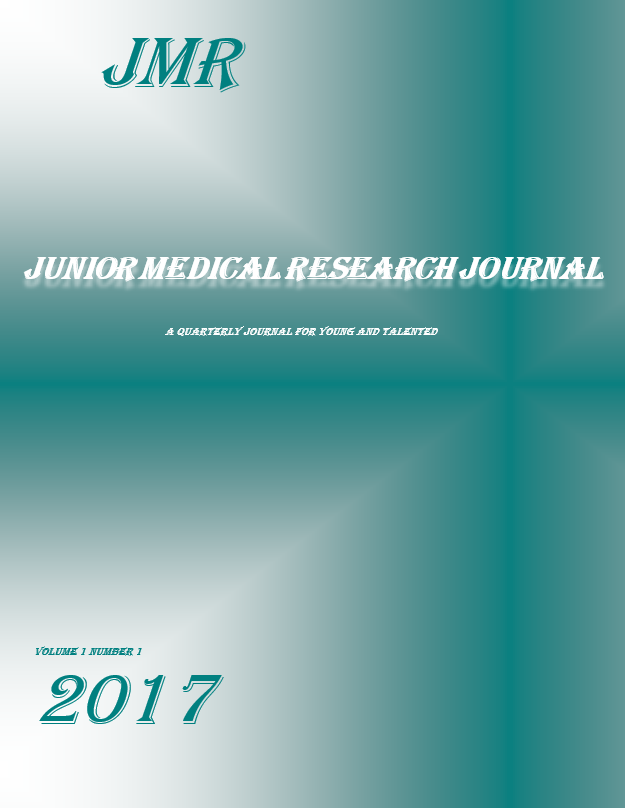Original Article
Inverted flap in the management of idiopathic large macular holes: A comparative study of different techniques
Background
Macular holes are vitreoretinal interface disorders due to anatomical defects in the fovea causing poor central vision. The aim of this study was to compare the results of four different variants of inverted flap (IF) technique, for the closure of macular holes larger than 400μm.
Methods
This is a prospective comparative case series. Thirty-six eyes with large macular hole were enrolled: group 1: inserted internal limiting membrane (ILM); group 2: classic IF ILM; group 3: IF without manipulation (Free Flap technique), group 4: temporal IF technique. Best-corrected visual acuity (BCVA), anatomical closure rate, and ellipsoid zone (EZ) and external limiting membrane (ELM) defects were evaluated preoperatively, at 1 month and 3 months after surgery. Odds ratio (OR) and its 95% confidence interval (CI) were used to compare the anatomical and functional results of classic inverted flap ILM peeling (group 2) and modified inverted flap ILM peeling (Group 1,3 and 4).
Results
Mean BCVA improved in all four groups 3 months after surgery. The improvement was significant in group 2,3, and 4 (P=0.001). The rate of successful hole closure ranged from 87.5% to 100% in different groups (P=0.661). The integrity of EZ was achieved in 65.6% and the restoration of the inner layers of the retina in 71.5%.
Conclusion
Inverted flap ILM technique is efficient for the treatment of large full thickness macular hole (FTMH). Different modified inverted flap techniques have been described on the last decade. Through our study, we demonstrated that the inserted flap, may alter outer retinal layer and compromise final functional results despite final closure of the macular hole. The classic IF technique, the temporal and the free flap techniques have finally comparable good functional and anatomical results.




